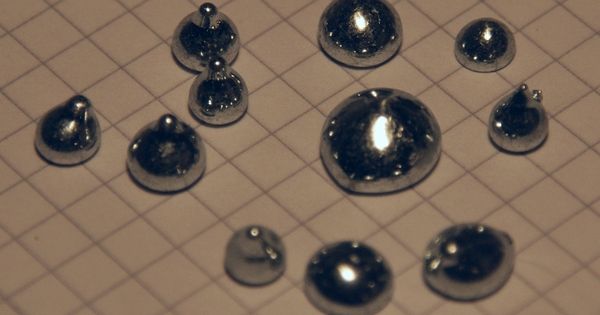Metallic hydrogen is a phase of hydrogen that behaves as an electrical conductor. Eugene Wigner and Hillard Bell Huntington predicted this phase in 1935 on theoretical grounds. Metallic hydrogen can exist as a partial liquid rather than a solid at high pressures and temperatures, and experts believe it may be found in huge quantities in Jupiter’s and Saturn’s hot and gravitationally compressed innards, as well as on some other planets. Under these enormous pressures, hydrogen is expected to undergo a phase shift from its typical molecular to metallic state.
In its natural molecular state, hydrogen is made up of diatomic molecules (H2). However, under high pressures, the atoms are pressed so close together that they lose their distinct identities and form a continuous lattice structure similar to that of metals. This metallic form of hydrogen is expected to have amazing features, such as superconductivity at high temperatures, with important technological ramifications.
For decades, researchers have attempted to synthesize metallic hydrogen in a laboratory setting. In recent years, there have been claims of obtaining metallic hydrogen in laboratory tests, but these claims are still disputed and have not been widely recognized by the scientific community.
If metallic hydrogen could be manufactured and researched consistently, it might lead to breakthroughs in a variety of sectors, including high-temperature superconductors, energy storage, and rocket propulsion. However, considerable hurdles remain in producing and maintaining metallic hydrogen in a laboratory setting.
Applications
Several experimental ways have been used to generate metallic hydrogen, including diamond anvil cells, shock compression techniques, and laser-induced compression. While there have been claims of success in generating metallic hydrogen, these claims have been contested and are not commonly acknowledged in the scientific community.
Metallic hydrogen has numerous applications, including superconductivity at ambient temperature, high-energy density materials for rocket fuel, and maybe even room-temperature superconductors. However, unless metallic hydrogen can be reliably created and investigated, its properties and prospective applications are uncertain.
















